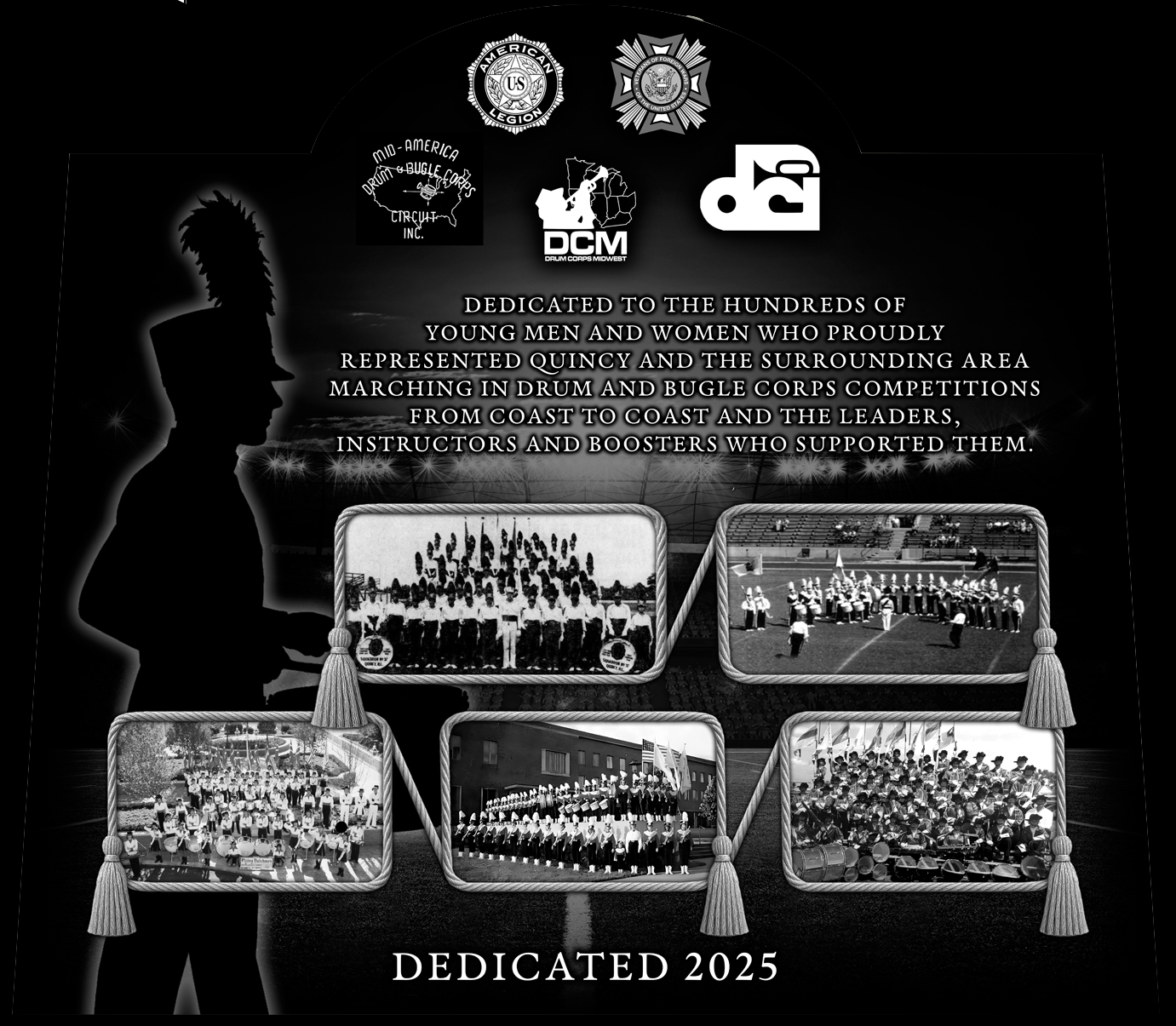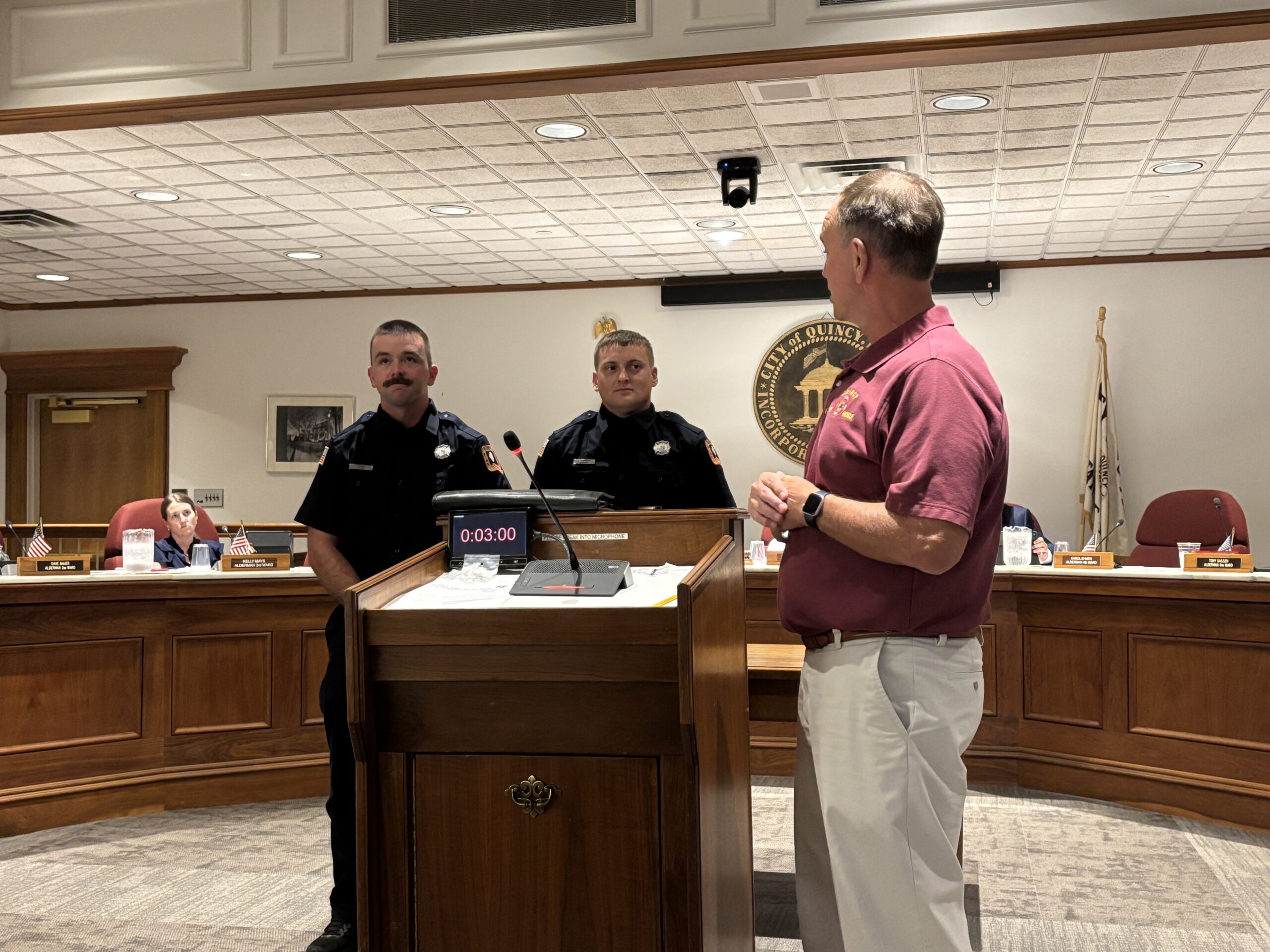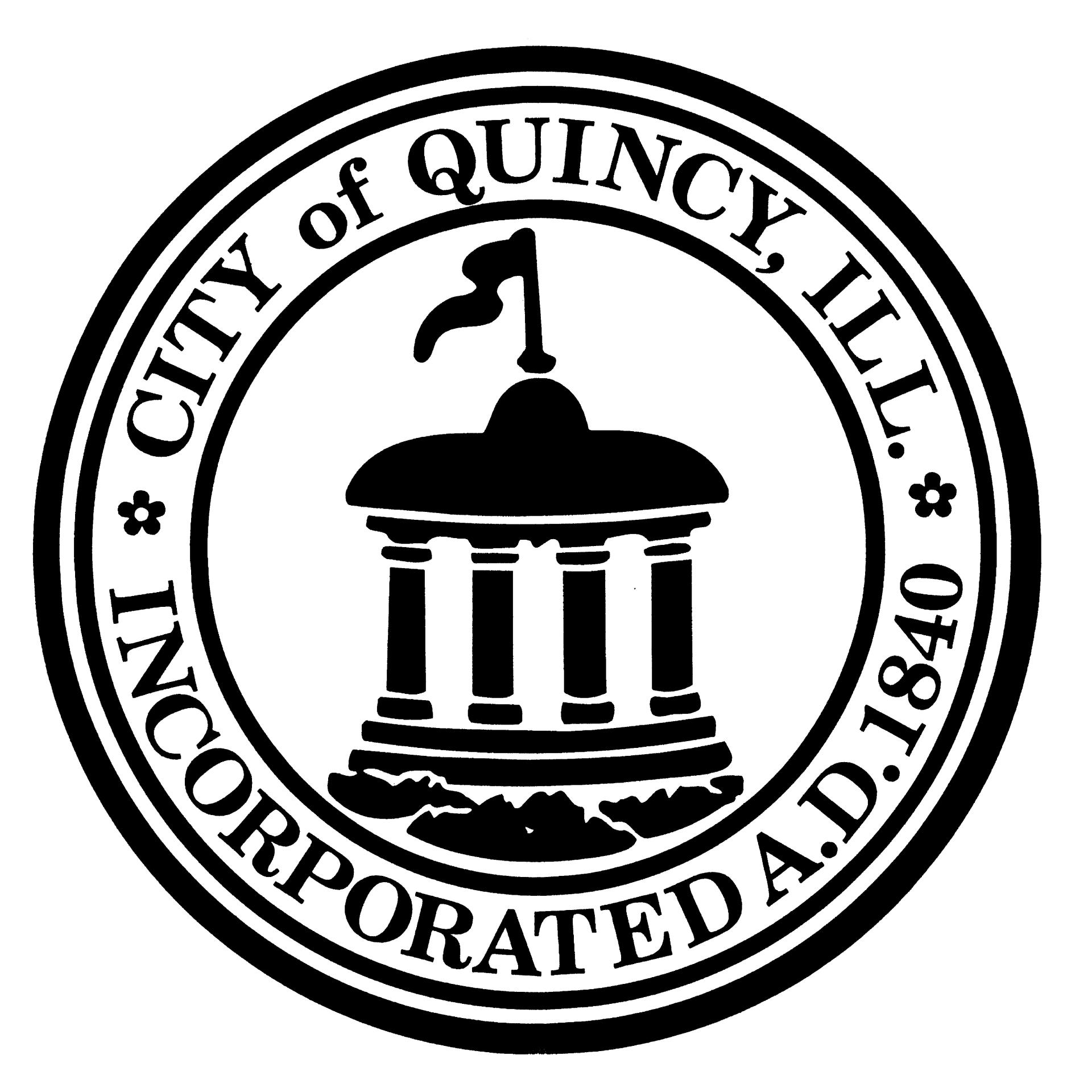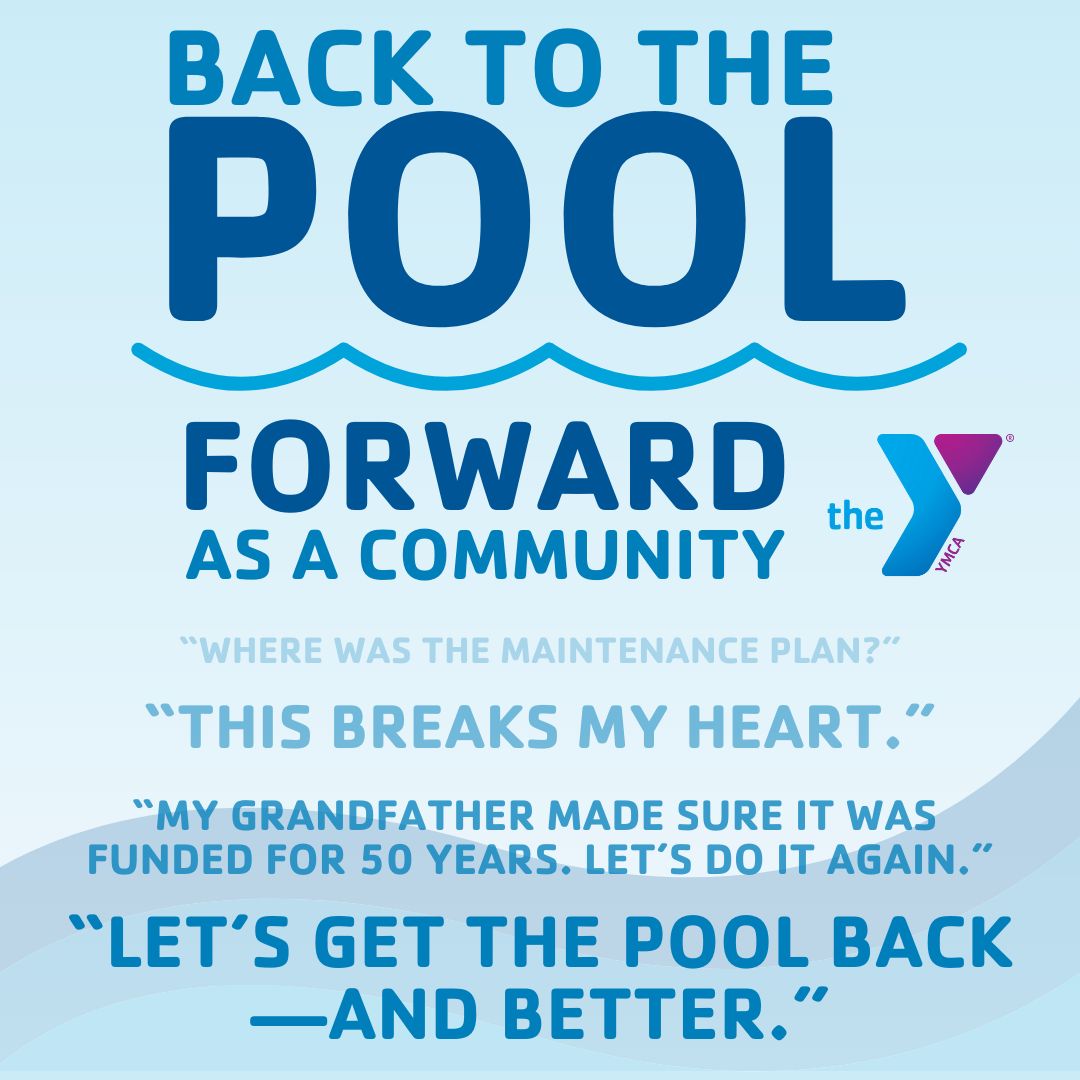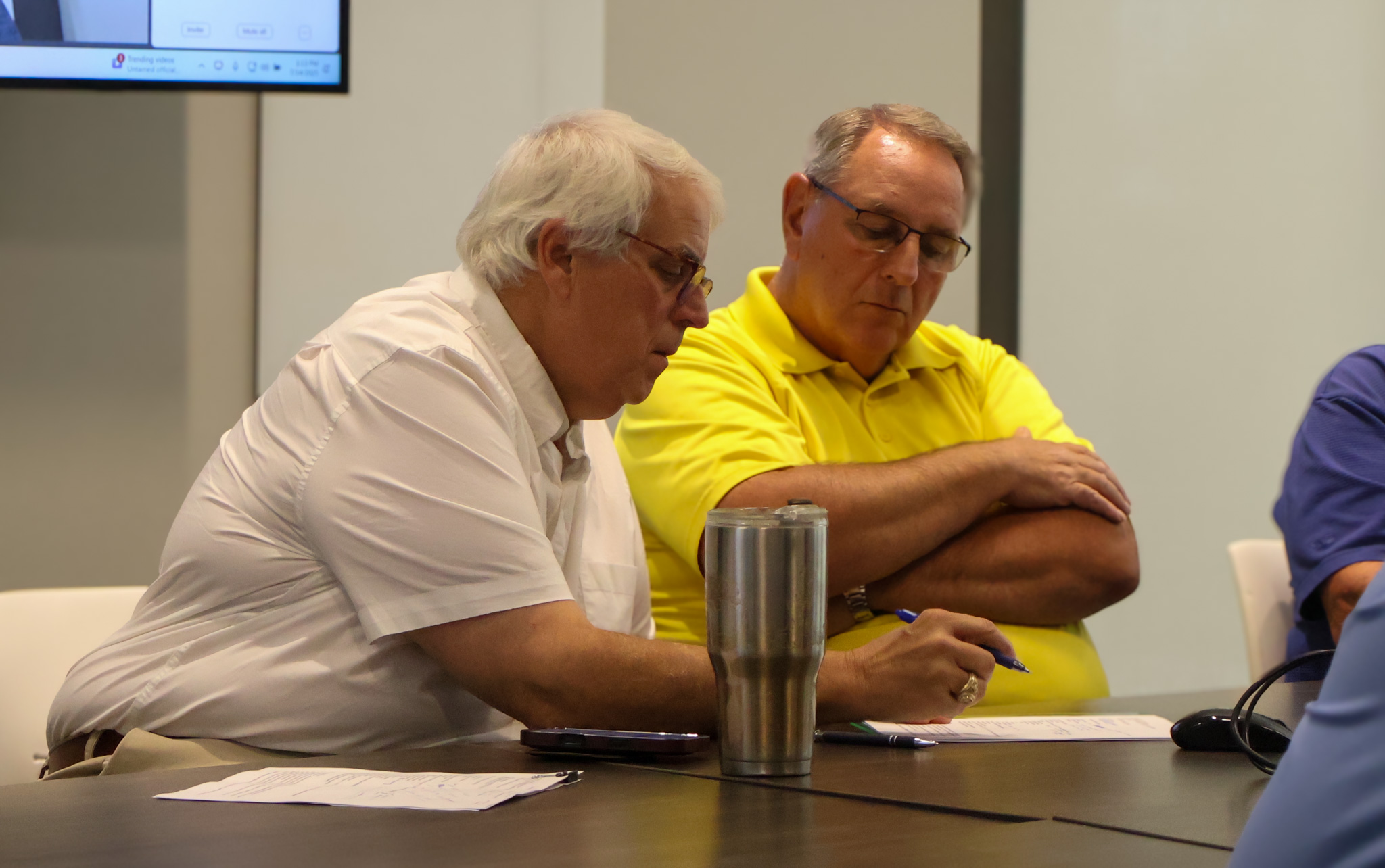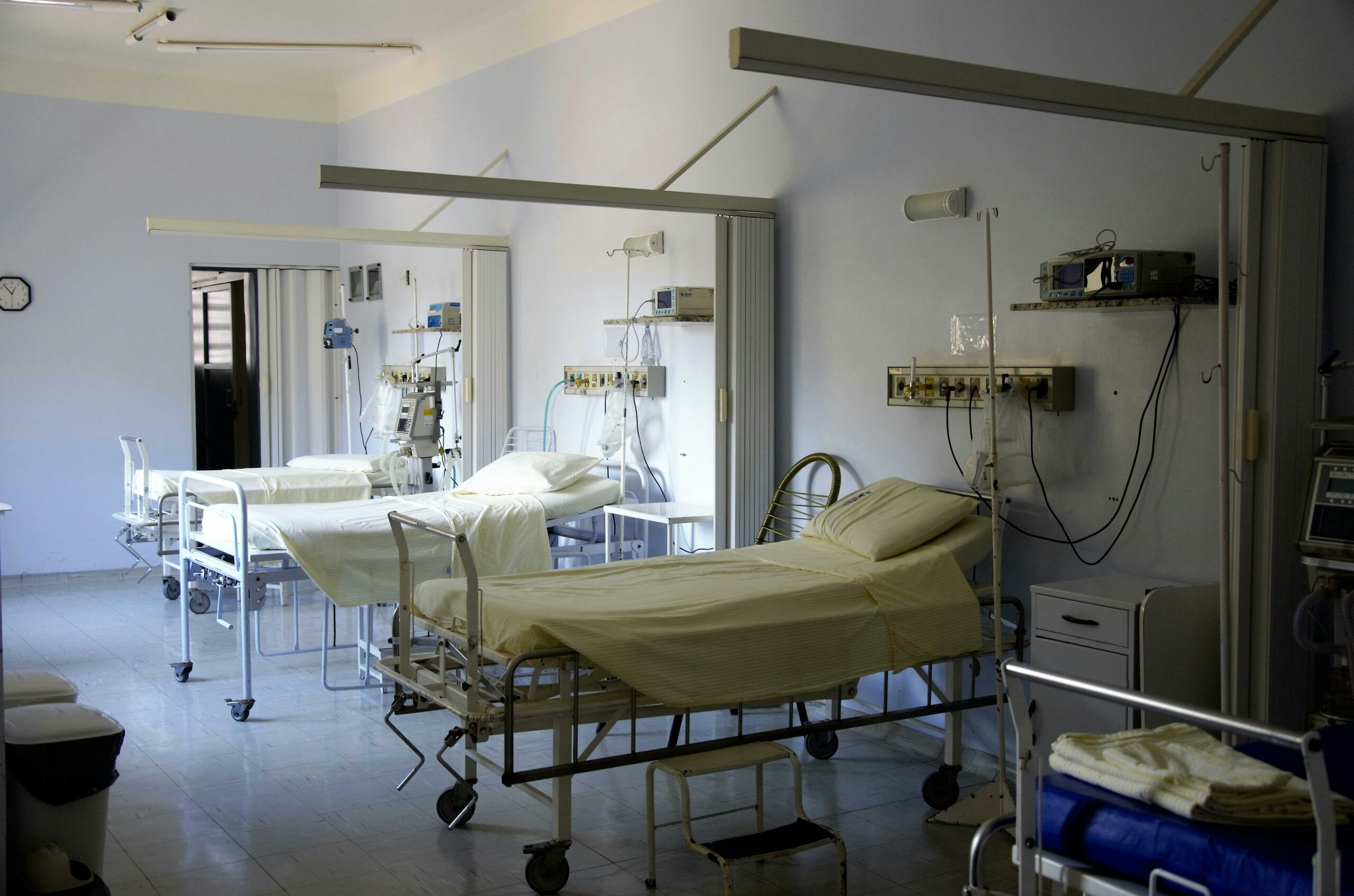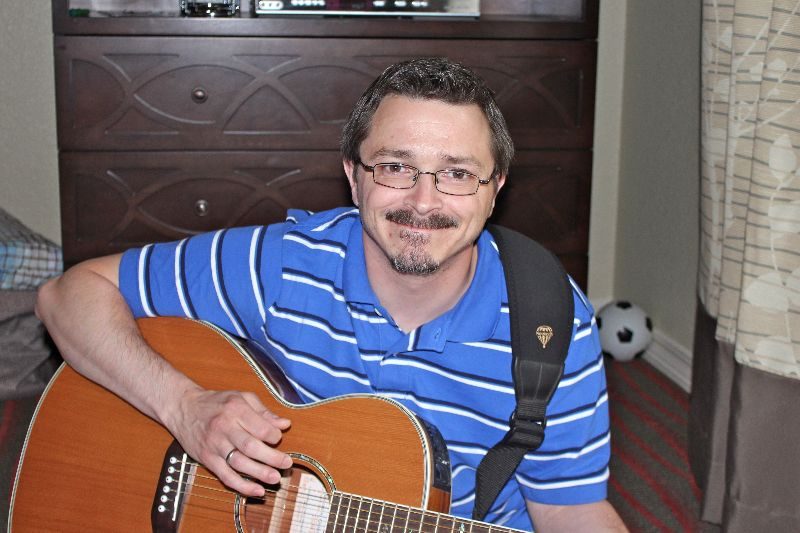QUINCY – On Saturday, June 21, at 1 p.m., Friends of the Drum and Bugle Corps, under the direction of Dennis Koch and in collaboration with Arts Quincy, will dedicate a new public art installation at the Illinois Veterans Home that pays tribute to the men and women who took part in the musical tradition of drum and bugle corps in the parking lot on the east side of the library.
The American Legion Pavilion beside the lake will host a reception after the event.
The monument, which was designed by Harrison Monuments, includes a 2,000-pound black granite centerpiece that is 50 feet by 8 feet by 44 feet, as well as a smaller memorial that honors the location of the Illinois Veterans Home Hospital Annex. Both are situated on a 90-by-24-foot base.
According to a news release from Laura Hesseltine, executive director of Arts Quincy, “this monument honors not only our city’s musical legacy but also the community spirit that kept these corps thriving for decades.” In order to create exceptional public art that protects our local histories and inspires future generations, Arts Quincy is honored to collaborate with individuals such as Mr. Koch. We take pride in funding initiatives that powerfully and enduringly unite creativity and history.
Quincy had a thriving drum corps culture from the 1930s to 1980, with organizations such the Flying Dutchmen, Trojans, Debutantes, and SAL Squadron 37. In national contests, Quincy was represented by these corps.
The American Legion held the inaugural national drum and bugle corps competition in Kansas City in 1921. Early drum corps were supported by local groups like the Boy Scouts of America and churches, or by the American Legion and VFW, the two largest veterans’ organizations at the time. These traditional drum and bugle corps had field drums, a color guard, brass bugles of various pitches, and marching drills that focused on military bearing.
Several drum and bugle corps called Quincy home from the early 1930s until 1980, representing the city in national tournaments. The first of these corps in Quincy was SAL Squadron 37, also known as Sons of the American Legion Post 37. The Squadron participated in American Legion competitions from Miami to California from the early 1930s to the mid-1940s, where it won the national title in San Francisco in 1946.
In the 1950s, the Squadron was renamed the Trojans, and the Debutantes, an all-girl corps, was established. The American Legion Post sponsored the Trojans, while the Veterans of Foreign Wars (VFW) Post in Quincy sponsored the Debutantes. Both corps were fierce competitors in the Midwest, while not being as successful as the SAL Squadron.
There were multiple attempts to reorganize a corps after the two corps disbanded in the early 1960s, which caused a gap in Quincy activity. In order to build them into a drum and bugle corps, a number of color guards and drill teams were established. Although those efforts did not result in a corps, they did establish the Golden Eagle Color Guard at Quincy Notre Dame High School and the Columbians Drill Team, which was supported by the Knights of Columbus.
Following a reunion of former corps members, another attempt to establish a corps was made in late 1970. The Flying Dutchmen, a parade corps in 1971 and a competitive drum and bugle corps in 1972, are the product of this endeavor. The American Legion Post 37 in Quincy and the Carthage VFW Post sponsored the Flying Dutchmen, Quincy’s first coed corps. It participated in the Drum and Bugle Corps Circuit of Mid-America.
To revitalize the activity, the Corps was renamed the Dutchmen in 1979, and it closed in 1980. One thing united all of these corps: local children were welcomed and trained to march in unison while playing a bugle, drumming, spinning a rifle, or carrying a flag. Joining was free, and no prior musical expertise was necessary.
